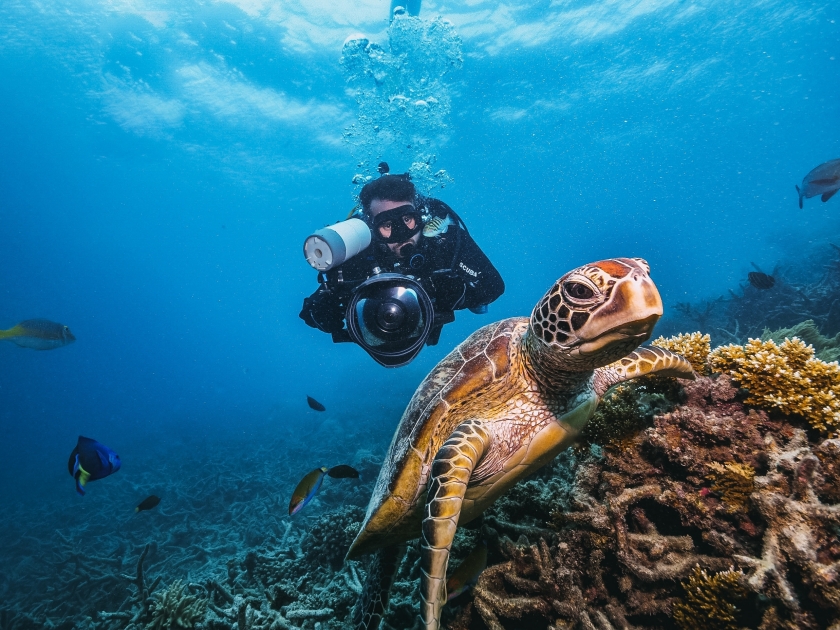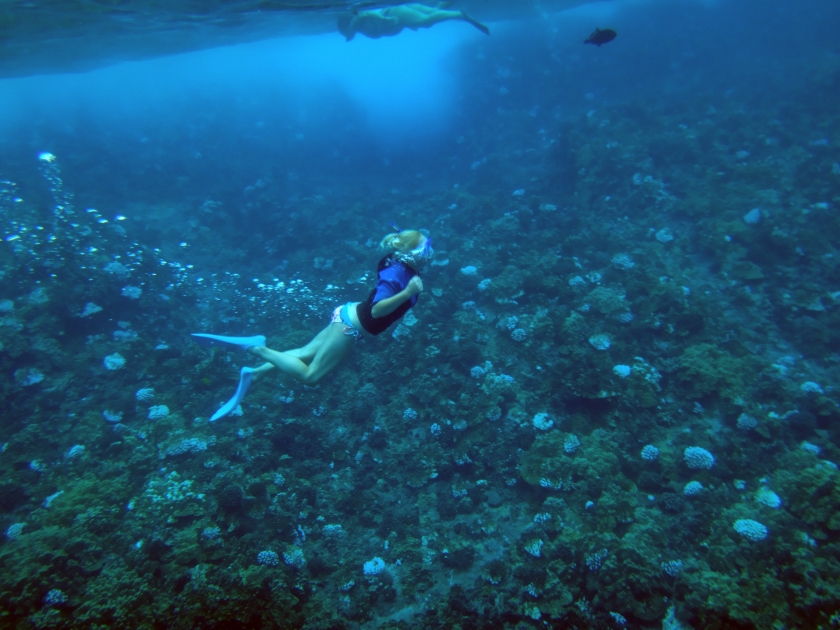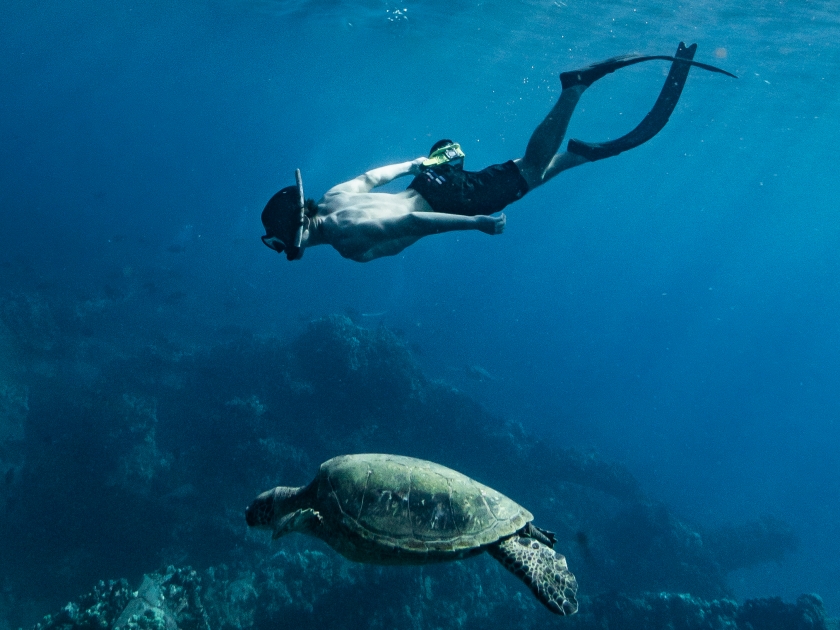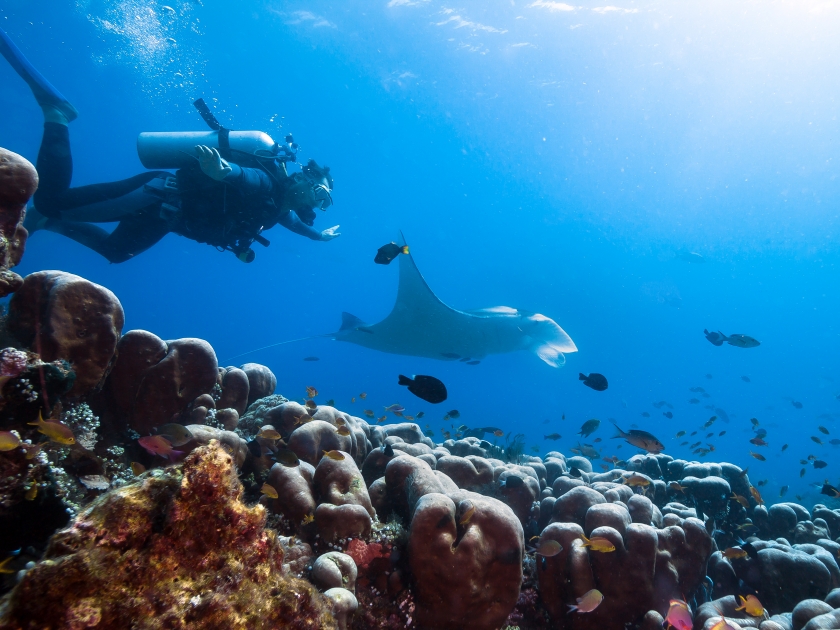Maui, often celebrated for its stunning beaches and lush landscapes, is equally renowned for its vibrant underwater ecosystems. Two of the most popular ways to experience this marine wonderland are snorkeling and scuba diving. Each offers unique experiences, catering to different preferences and skill levels. This article delves into the distinctions between snorkeling and scuba diving in Maui, helping you decide which adventure suits you best.
Key Differences Between Snorkeling and Scuba Diving
Snorkeling

This activity involves swimming at the water’s surface equipped with a mask, snorkel, and fins. It’s accessible to most individuals, requiring no formal training or certification. Snorkelers can observe marine life in shallow waters, making it ideal for families and casual explorers.
Scuba Diving

Diving deeper beneath the surface, scuba divers use specialized equipment, including an air tank and regulator. This activity necessitates certification and training to ensure safety. Scuba diving allows for an immersive experience, exploring deeper reefs and encountering a wider variety of marine species.
| Feature | Snorkeling | Scuba Diving |
|---|---|---|
| Depth | Limited to surface observation | Allows for deep dives, exploring reefs and wreck |
| Equipment | Simple: mask, snorkel, fins | Complex: SCUBA gear, wetsuit, dive computer |
| Training | No training required | Requires certification and training |
| Cost | Generally more affordable | Higher costs due to gear rental/training |
| Experience Level | Suitable for beginners | Ideal for those seeking adventure |
| Duration | Flexible; can be done for extended periods | Time-limited by air supply and safety protocols |
Top Snorkeling Spots in Maui

1. Molokini Crater
A crescent-shaped, partially submerged volcanic crater, Molokini is a marine sanctuary boasting clear waters and abundant marine life. It’s accessible only by boat, with tours departing from Māʻalaea Harbor and Lāhainā Harbor.
2. Turtle Town
Located along the southern coast of Maui, Turtle Town is famous for its population of Hawaiian green sea turtles. The calm, clear waters make it a perfect spot for snorkelers to observe these gentle creatures in their natural habitat.
3. Black Rock (Puʻu Kekaʻa)
Situated at the northern end of Kā‘anapali Beach, Black Rock offers vibrant coral formations and a variety of fish species. Its easy beach access makes it a favorite among snorkelers.
Top Scuba Diving Spots in Maui

1. Lanai Cathedrals
Off the coast of nearby Lānaʻi Island, the Cathedrals are renowned dive sites featuring underwater lava formations resembling cathedral arches. Divers can explore intricate caverns teeming with marine life.
2. Molokini Crater (Back Wall)
For advanced divers, the outer back wall of Molokini Crater offers a dramatic drop-off, plunging to depths of over 300 feet. This site provides encounters with larger pelagic species and stunning coral formations.
3. Manta Ray Night Dive
While more commonly associated with the Big Island, Maui also offers opportunities to dive with manta rays at night. These gentle giants feed on plankton attracted by dive lights, creating a mesmerizing underwater ballet.
Cost Considerations
- Snorkeling: Generally more affordable, snorkeling tours in Maui range from $50 to $100 per person, including equipment rental. Self-guided snorkeling is even more cost-effective, requiring only basic gear.
- Scuba Diving: Due to the need for specialized equipment and professional guidance, scuba diving is more expensive. Introductory dives start around $150, while certified divers might pay between $100 to $200 per dive. Certification courses are an additional investment.
Physical Requirements and Skill Levels

- Snorkeling: Suitable for most individuals, snorkeling requires basic swimming skills and comfort in the water. It’s an excellent option for beginners and families.
- Scuba Diving: Requires a moderate level of physical fitness and the ability to handle equipment. Certification involves training in underwater skills, safety procedures, and emergency protocols.
Marine Life Encounters
- Snorkeling: Expect to see colorful coral reefs, tropical fish, and, in certain spots like Turtle Town, Hawaiian green sea turtles.
- Scuba Diving: Offers the chance to encounter a broader range of marine life, including reef sharks, manta rays, and intricate coral ecosystems not visible from the surface.
Environmental Considerations
Both activities have an impact on the marine environment. It’s crucial to use reef-safe sunscreen, avoid touching or stepping on corals, and maintain a respectful distance from marine animals. Maui has established Marine Life Conservation Districts, like Molokini, to protect these fragile ecosystems.
Choosing the Right Activity

Consider your comfort level in the water, interest in marine exploration, time availability, and budget. Snorkeling is ideal for those seeking a leisurely, low-cost experience with minimal training. Scuba diving suits individuals eager for a deeper, more immersive adventure and willing to invest in training and equipment.
Float or Plunge, You Can’t Go Wrong
Maui’s underwater world offers unparalleled beauty, whether you choose to snorkel or scuba dive. Both activities provide unique perspectives of the island’s rich marine biodiversity. Assess your preferences and capabilities to select the experience that will make your Maui visit unforgettable.




